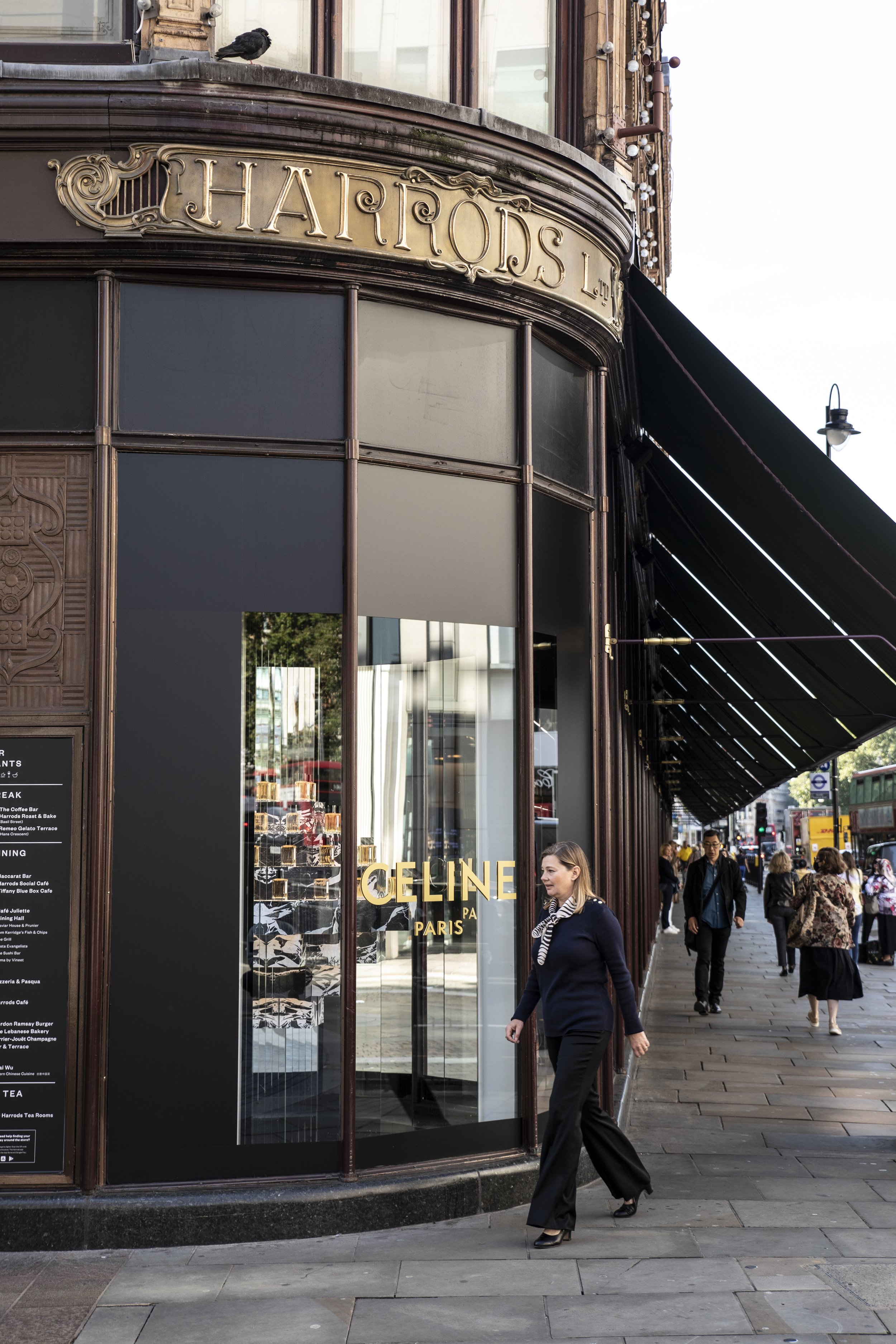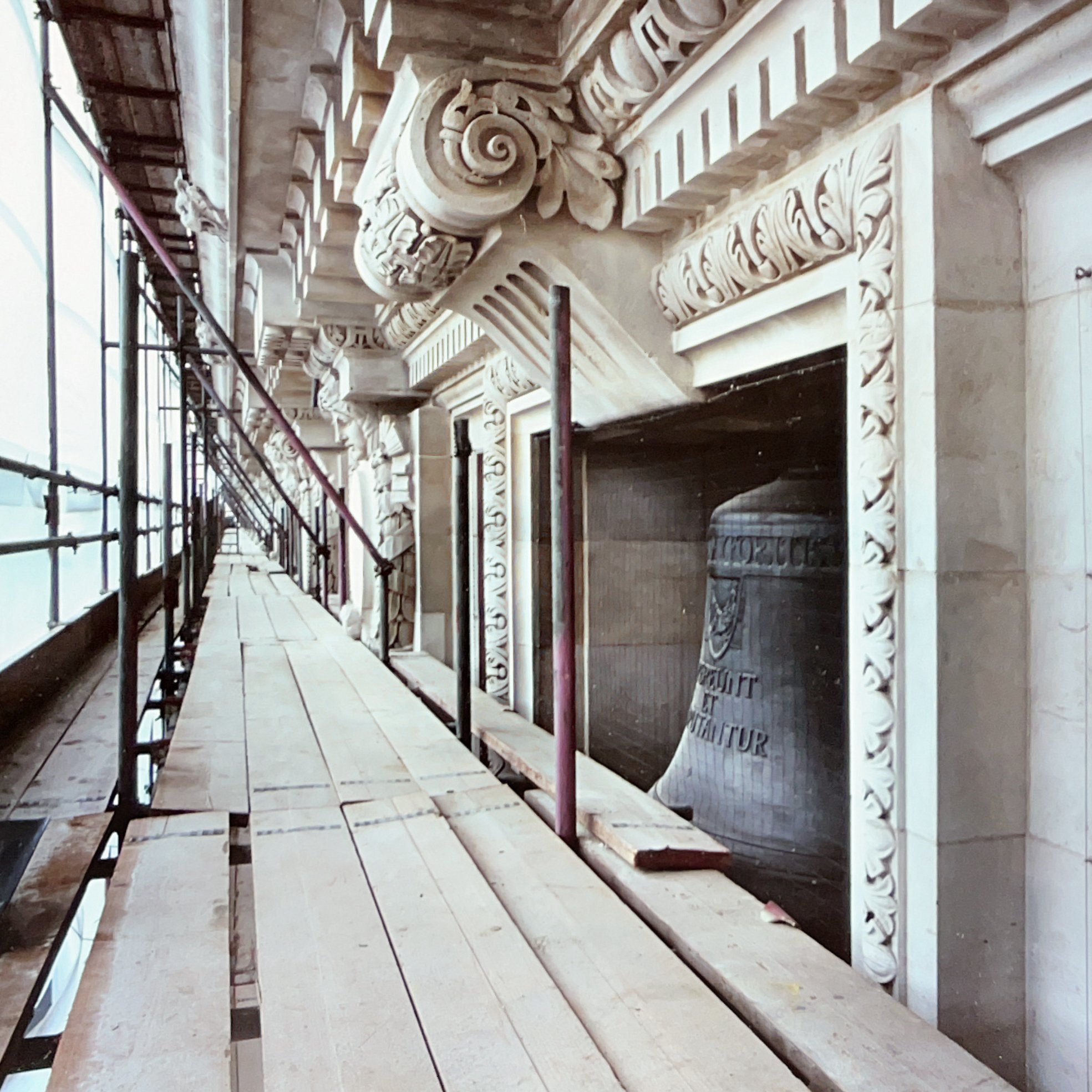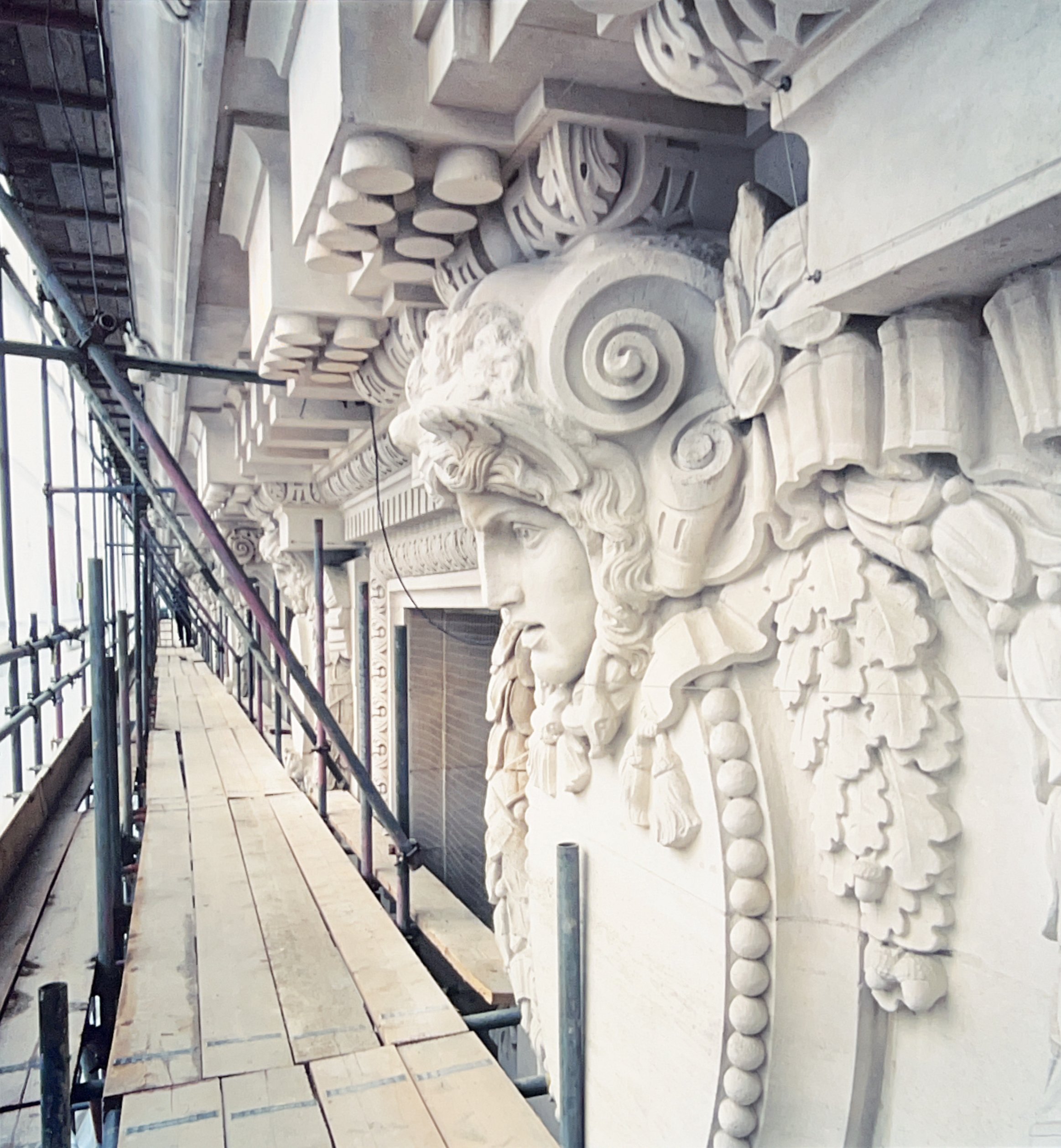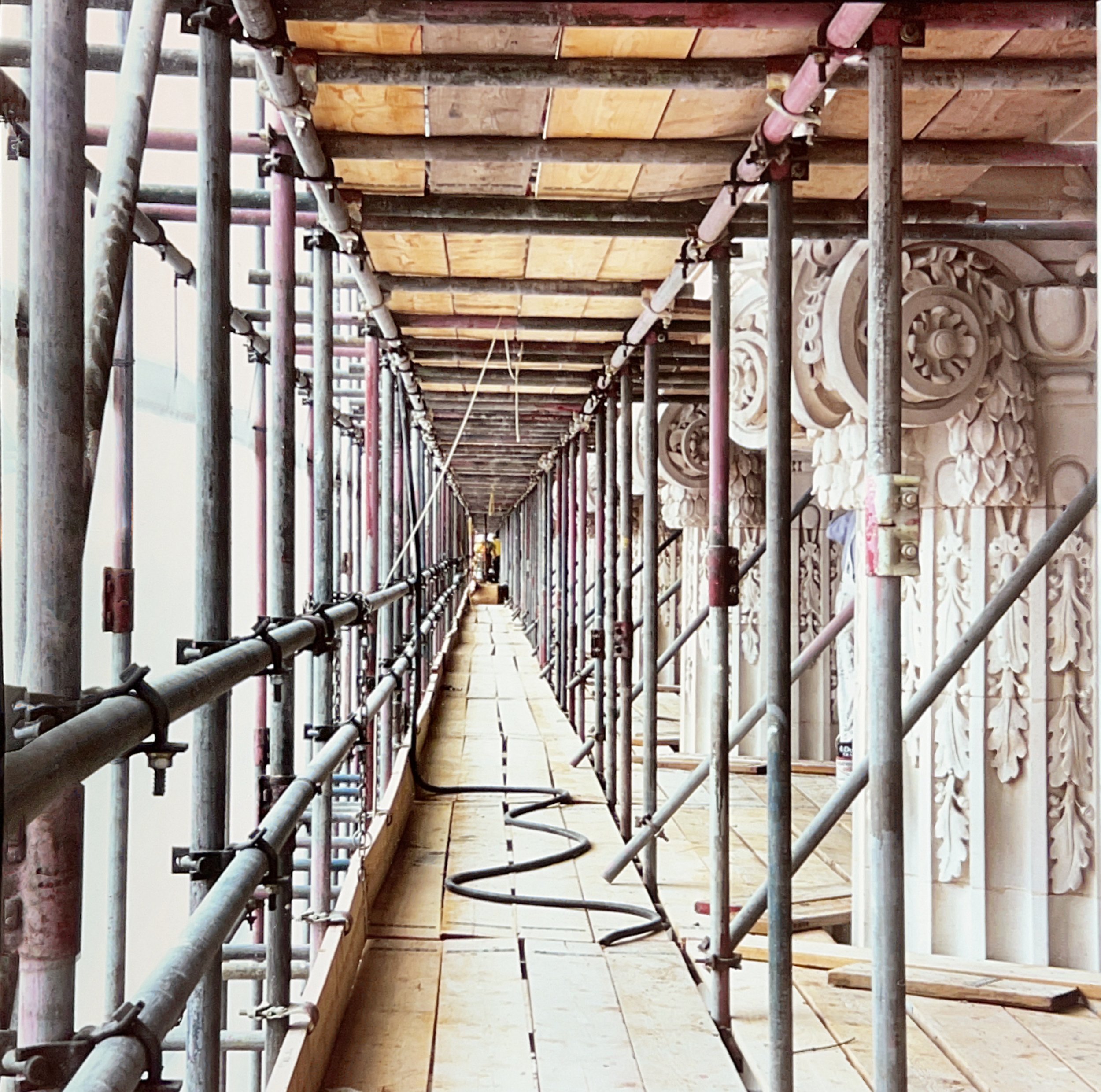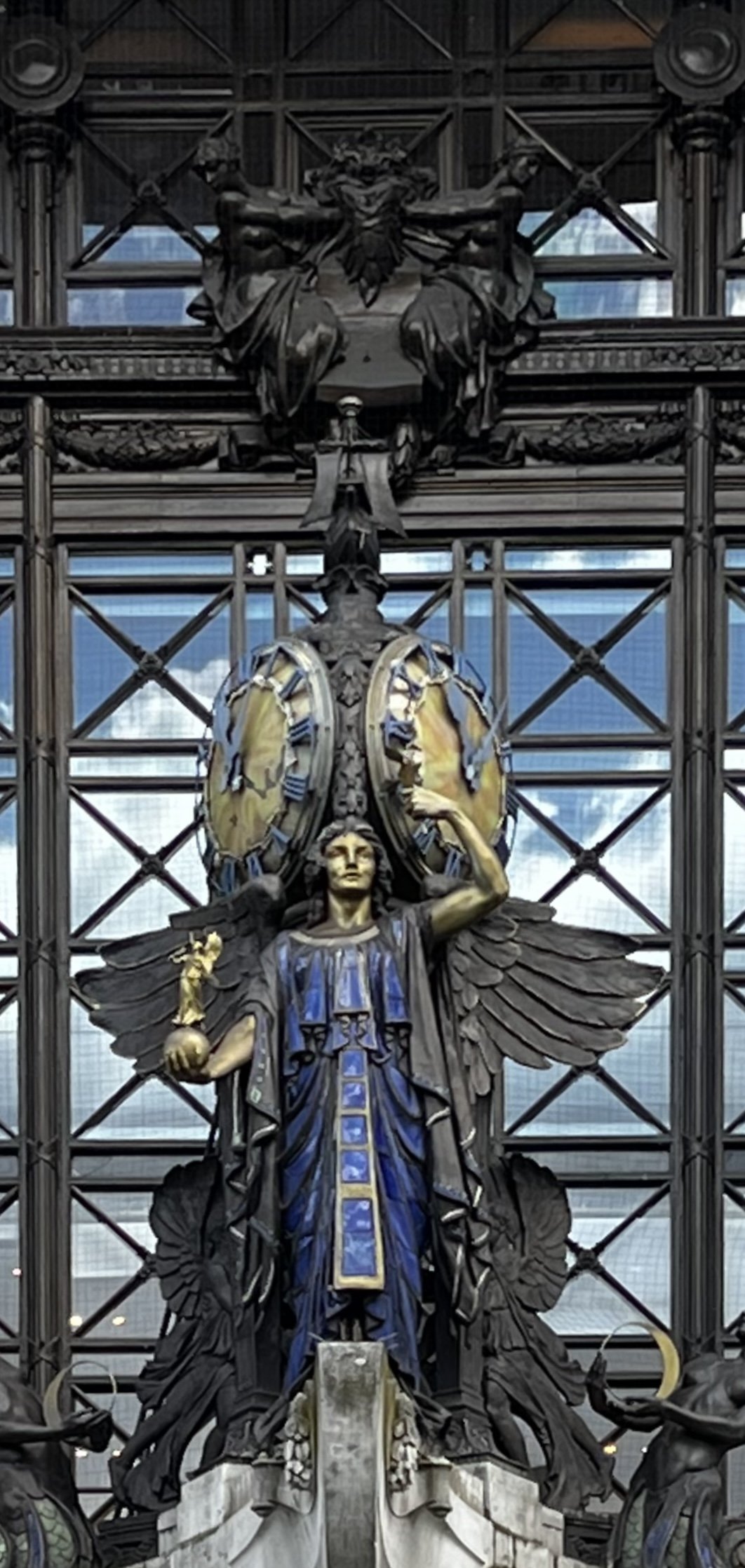In 2004, Selfridges pulled off a remarkable feat: installing a 14-metre-tall fibreglass replica of Rio de Janeiro’s famous Christ the Redeemer statue above the main entrance of the store on Oxford Street, as part of a wider celebration of Brazilian style. “It was amazing at the time just to get planning permission for it, let alone get it up onto the front of the store,” recalls Kath Archer, partner at Lees Associates.
Selfridges is one of two storied retailers Archer has worked on over the past two decades; the other is Harrods. Both of these architectural icons have had to adapt to a constantly evolving retail landscape to remain relevant. Selfridges has carved out a reputation for celebrating different cultures, subcultures and viewpoints — using the very fabric of the store itself to promote a sense of inclusivity and provoke conversation. At Harrods, the emphasis is on offering the best possible customer service in a luxurious environment.
It has been a challenging time for bricks-and-mortar retail, and perhaps especially so for multi-brand department stores. The pandemic sharply accelerated the shift to online shopping, and footfall to some retail destinations remains far below pre-Covid levels. Multi-brand retailers also have to contend with the fact that many labels now have their own thriving direct-to-consumer (DTC) businesses, effectively cutting out the middleman. Meanwhile, the cost of physical retail — including rents and business rates — has continued to climb. As a result, competition for spend in stores is acute.
At the same time, consumer expectations are growing. Shoppers that do venture out to stores want unique and personalised experiences that go beyond buying products; experiences that engage all the senses and leave a lasting impression. This shift has prompted retailers to rethink their approach, leading to a wave of innovation and reinvention across the industry.
Through her role at Lees Associates, Archer began working with Selfridges in the early 2000s, when Martin Illingworth was head of store design and development, and Vittorio Radice was managing director. Radice has been credited with transforming Selfridges into the “sexy giant” it is today, thanks to his understanding of the psychology of shopping. He certainly set the tone from a design point of view, says Archer, pointing to the use of agencies like Belgium’s Vincent Van Duysen. “He was very interested in design — he wanted to get upcoming trendy designers working on the store,” she explains.
Kathryn Archer has been working on projects in Harrods for over 15 years
When Illingworth left to join Harrods, Lees Associates followed. Harrods was “a bit older, more serious — not the fun store that Selfridges was at the time”, Archer says. Fifteen years later, what has she learned? “It’s interesting to look at the differences between the two, and what customers they were — and still are — trying to attract,” she says. Selfridges has a clear focus on the younger customer: think the wooden skate bowl in its streetwear department. But it also strives harder to be a destination, she observes. “Because of where Harrods is [in the more residential Knightsbridge area of London], they tend to get a lot of wealthy customers who live nearby. Whereas Selfridges has to target people more, hence events like the Brazilian festival.”
The skate bowl sums up the approach, she says. “They have given away a really expensive chunk of their real estate for young people to go skateboarding. My daughter goes skateboarding there; she doesn’t spend anything in the store, but I do when I go to pick her up or drop her off.” In doing this, they have won her loyalty for the future.
Selfridges’ skate bowl. Credit: Selfridges
After the DTC boom, there followed a much-needed play by department stores to attract and retain consumers. Both Selfridges and Harrods have undergone multi million-pound refurbishments in recent years. Last summer, Harrods revealed the first phase of a multi-year £200 million project to overhaul its womenswear departments with a new emphasis on comfort and creating a connection with the customer, rather than the hard sell (Lees Associates worked on the new lingerie department that opened in May 2023). “There’s a lot of money to be spent just moving departments around within the store,” says Archer.
The formula for what works in retail has changed, Archer notes. “Now, it includes much more food and drink, and experiences.” She’s also tasked more regularly with making use of outdoor spaces for dining or events.
While for Selfridges, giving over valuable real estate to a skate bowl was a risk worth taking, at Harrods, space has to work harder. For example, its food hall has been replaced by a network of restaurants and bars. “It makes sense in terms of the margins they are making,” says Archer. “It’s so expensive to have space in London now. The food hall would have been a big tourist attraction at one time, but those tourists were coming to have a look and take some photographs, they weren’t necessarily bringing money in.”
Harrods’ Men's Advanced International Department, recently completed by Kathryn’s team
The architectural design of such stores plays a crucial role in conveying their brand identities and values to customers. It also has the power to evoke emotions and create memorable experiences for customers, whether through the use of natural materials, inspiring artwork or unique spatial configurations. “At Harrods it’s all the finishes; the marble floors, and the expense of the materials they use,” explains Archer. “You won’t see any plastic at Harrods, it’s all stainless steel, chrome, brass, marble. Radice said he wanted Selfridges to be like a series of villages each with different characteristics. Harrods is more homogeneous — but it always uses the best materials and workmanship.”
The exterior wow factor of the stores adds to the overall experience of shopping there. Lees Associates has refurbished the facades of both. “Selfridges was particularly exciting because there’s the Queen of Time — the big clock on the front entrance — and the amazing carved stone faces along the very top of the store. Every face is different, in an art deco style. From the pavement, you can barely see them. It’s a detail you wouldn’t bother with these days,” Archer says.
From augmented reality fitting rooms to AI-powered chatbots, retailers are harnessing the latest advancements to streamline the shopping process and enhance the overall customer experience. Yet, amid the whirlwind of innovation, tradition and heritage maintain their appeal.
Iconic institutions like Harrods and Selfridges serve as bastions of luxury, offering a glimpse into the rich history of retail while embracing the future. Their storied halls and facades are testament to the enduring appeal of brick-and-mortar shopping in an increasingly digital world, says Archer. “The owners work hard to keep these grand old buildings alive, relevant, interesting and attractive to today’s demanding and discerning consumers.”




